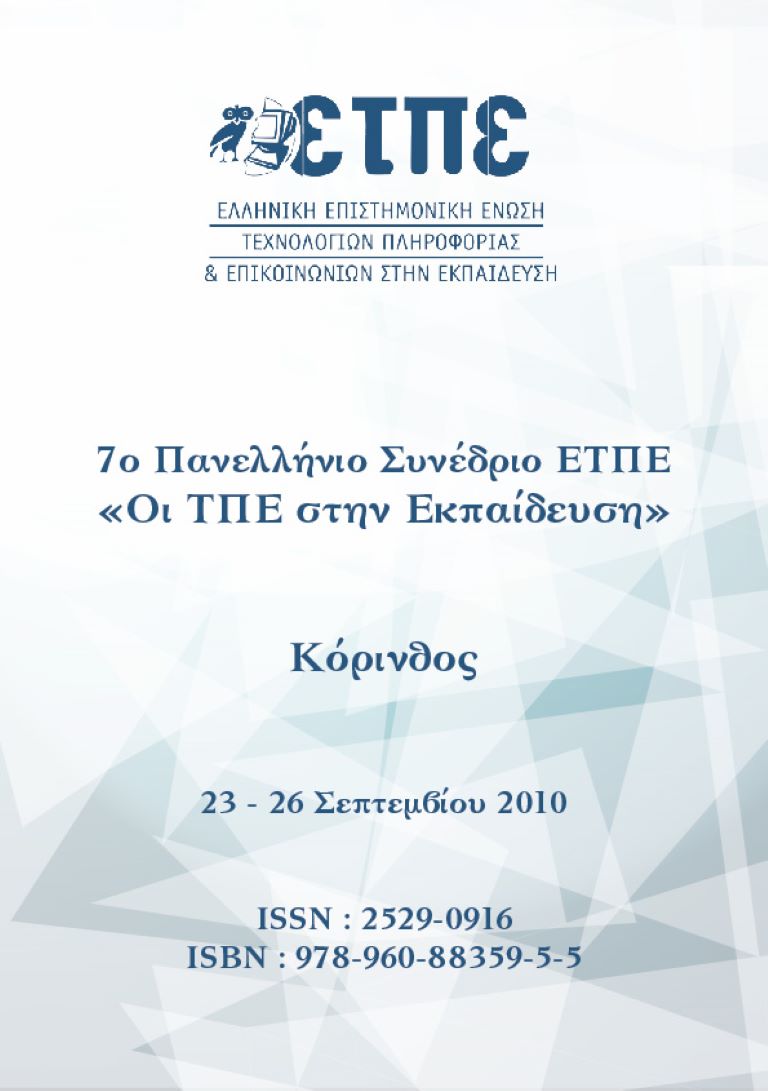Middle school children fail to benefit from virtual historical fly-throughs
Περίληψη
Virtual reality environments (or virtual environment, VE, technology) has been applied successfully in visualisation and in spatial training, where an individual has to navigate among landmarks or in virtual shopping malls. This suggests that it ought to have benefits in imparting temporal-spatial information, and that this might be applied in the learning of historical chronology (or other academic disciplines with a strong chronological component). In several previous studies, attempts have been made to use VEs (as historical fly-throughs, in the form of a time machine) to teach epochs of history to primary school children, mediaeval history to middle school children, and epochs of history for an imaginary planet to undergraduate students. Primary children and undergraduates benefited from the VEs, primary children only when also given adequate familiarisation with the VE medium. Only the middle school pupils failed to benefit. The present studies followed up those findings. In the Ukraine, where pupils had much less computer familiarity, primary and middle school children gave the same results as in the UK, when learning from a virtual fly-through representing Ukrainian history. Middle school children also failed to benefit from using the VE, actually remembering more from PowerPoint use in some cases. Reviews of earlier studies and literature revealed that the inability of middle school children to benefit may relate to the documented changes that begin, specifically at 11-13 years, in their cognitive processing related to space, time and history.
Λεπτομέρειες άρθρου
- Πώς να δημιουργήσετε Αναφορές
-
Korallo, L. (2023). Middle school children fail to benefit from virtual historical fly-throughs. Συνέδρια της Ελληνικής Επιστημονικής Ένωσης Τεχνολογιών Πληροφορίας & Επικοινωνιών στην Εκπαίδευση, 1, 083–093. ανακτήθηκε από https://eproceedings.epublishing.ekt.gr/index.php/cetpe/article/view/4929
- Ενότητα
- Articles



